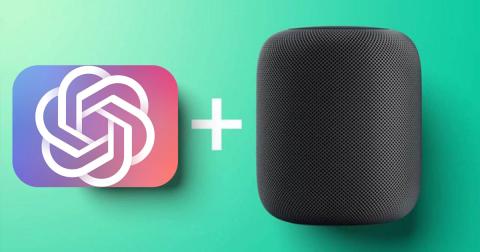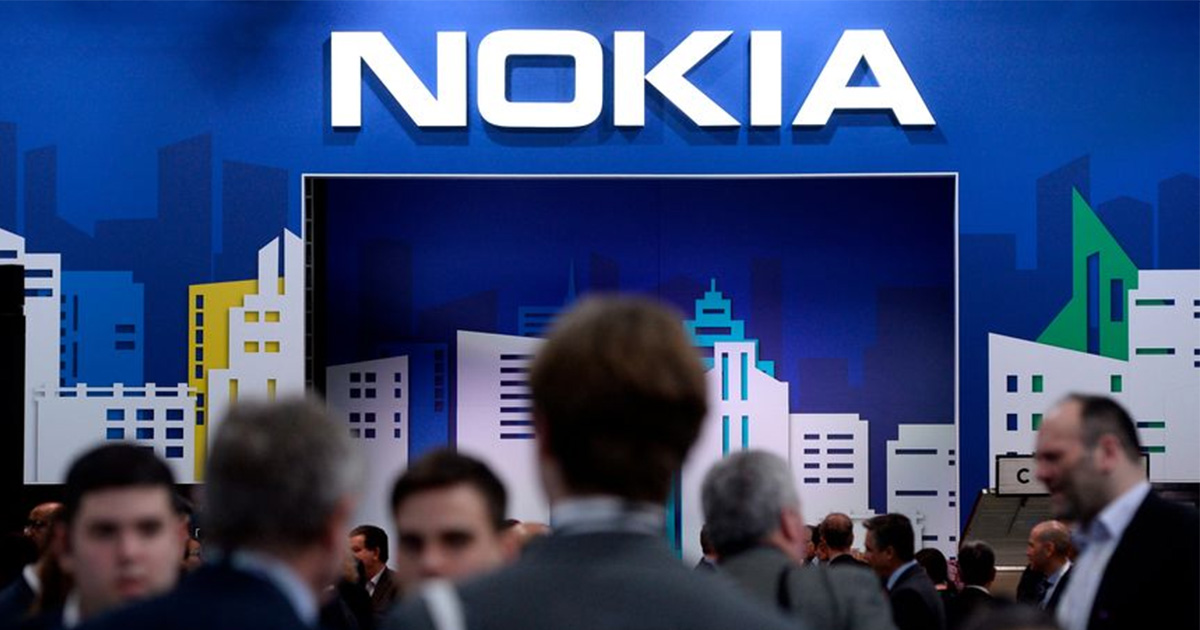
After two years, Apple resurrected the HomePod.
This practice is confusing. After all, two years ago, Apple announced the discontinuation of production and the removal of HomePod, sending a clear message to the outside world: this is a failed product.
The new HomePod released this time has not changed much in terms of design, function, and product positioning. It is hard to imagine how it will reverse the fate of its failure.
At the same time, the external market environment has become more difficult. The entire smart speaker market has entered a bottleneck period of development. Google and Amazon, which are market leaders, are abolishing their own speaker product teams.
In this context, Apple still chooses to resurrect HomePod and insists on occupying a place in this field. It is hard not to wonder about the strategic considerations behind it.
The dilemma faced by smart speakers today is not so much a "recession" as a "precipitation".
As a computing device, the future of smart speakers still has a lot of room for imagination, but today's voice interaction technology is not enough to realize those imaginations.
From this perspective, although Google and Amazon have cut their respective speaker teams, the exploration of voice interaction and natural language processing has not stopped. Amazon still has nearly 10,000 employees and is engaged in the development of projects related to Alexa; Google has been exploring the possibility of interaction based on AI technology.
Including the recent hot ChatGPT, it also brings more hope to the industry. This type of large-scale natural language processing model can just solve the problem of "unable to understand the context and not be accurate enough" of traditional voice assistants, and can provide better accuracy, scalability, and coherence for voice interaction, allowing machines to understand human voice commands. , achieving an exponential leap.
Of course, the GPT model's reliance on huge computing power means that it cannot be embedded in voice assistant products in the short term. However, the success of ChatGPT still provides a basis for the feasibility of a "truly intelligent" voice assistant.
In the interview, Amazon Senior Vice President Limp also mentioned ChatGPT. He said that he tried ChatGPT, and the experience of talking with it is very good, and more models will come out in the future, and these models will work in more different usage scenarios. There is only one biggest problem right now, that is, the cost of training the model is too high.
The story is far from over. After ChatGPT stunned the world, almost every company began to focus on the AI field.
There was a "red alert" within Google. CEO Sundar Pichai recalled the two founders and asked them to participate in future product roadmap planning. He also mobilized multiple teams and asked them to quickly participate in the development of AI projects to speed up AI development. schedule. According to reports, Google plans to release more than 20 AI-related products and features this year to provide users with a "conversational" experience.
At the same time, Apple is also holding an AI summit internally. Although this event is more similar to a "team building", it does not mean that Apple will launch any new products and functions soon. But it still reveals Apple's attention and emphasis on AI technology, which may also be part of Apple's "resurrection" HomePod.
It's easy to think of the story of the Macintosh back then.
In 1984, Jobs identified the "graphical interface" as the future of personal computers and put it on the first-generation Macintosh. But he came too early, and the Macintosh failed to win users no matter from technical or cost considerations.
It wasn't until 10 years later that graphical interfaces really started to go mainstream.
Now, similar things may be happening in voice interaction, it is waiting for the next "burst".


